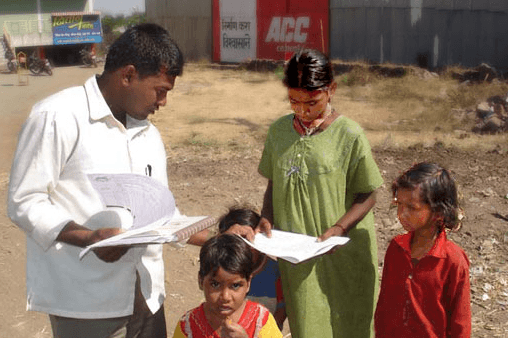Are education efforts and outreach to children in rural India producing positive results? The answer is both encouraging and troubling, according to NGO Pratham’s 10th Annual Status of Education Report (ASER), released this week in New Delhi.
“While more than 96 percent of children in the 6-14 age group are attending school,” reports Indian media site IBN, Pratham’s analysis suggests that “there are still some worrying signs as reading and mathematical abilities are still not up to the mark.”
Pratham was honored in 2010 with the Henry R. Kravis Prize in Nonprofit Leadership for its literacy efforts throughout the country, particularly the program Read India, which has reached more than 34 million children.
But as the organization’s latest ASER indicates, much work remains to be done even though the report presents substantial success. Among the findings announced this week:
- for the 6-14 age group, the percentage of children enrolled in schools across the nation remains at more than 96% for the sixth year in a row; the percentage of children not enrolled for that age group is 3.3%
- in older age groups, particularly for 15- and 16-year-olds, the number of children not enrolled in school jumps to much higher percentages: 15.9% for boys, 17.3% for girls
- simple reading and basic arithmetic skills continue to be “a serious and major source of concern,” with increases in various age groups of children struggling with number and character recognition
- daily attendance percentages for primary and upper primary schools continue to climb, which is a hopeful sign, as are improvements in facilities (availability of clean drinking water, toilets, equipment) which is improving the overall quality of the daily experience at Indian schools
The goal of Pratham’s ASER is to provide the Indian government with reliable data in making strategic decisions regarding the country’s educational system. According to Pratham, “ASER has demonstrated that it is possible to use simple, reliable, and scientific methods of sampling and assessment on a large scale for high impact at a low cost. It has also been an excellent example of building local participation at a national level and has allowed ordinary citizens to understand the current status of elementary education.”
RELATED:
–For more about the ASER, visit Pratham’s site here
–For more about the findings in the newly-released ASER, visit the IBN news site here
—Visit here for more about Pratham and the Kravis Prize

